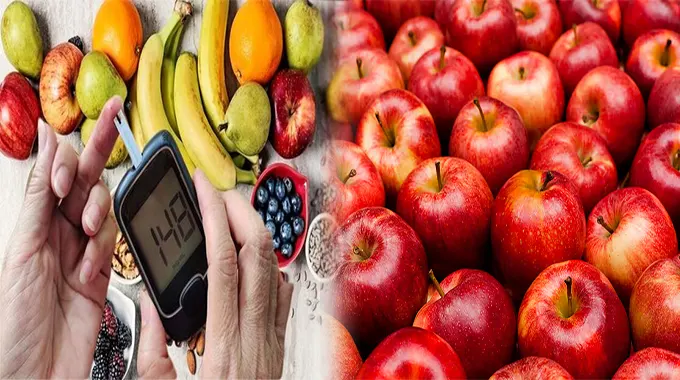Are Apples Good for Diabetics? Best Ways to Eat Them Without Spiking Glucose
Diabetes is a condition that affects millions of people worldwide, making it crucial to manage blood sugar levels effectively through proper diet and nutrition. Apples are a popular fruit known for their numerous health benefits, but are they suitable for individuals with diabetes?
The Relationship Between Apples and Diabetes
Apples are generally considered a healthy choice for diabetics due to their low glycemic index. This means that the natural sugars in apples are released slowly into the bloodstream, preventing sudden spikes in blood glucose levels. Additionally, apples are rich in fiber, which can help regulate blood sugar levels and improve overall digestion.
Best Ways to Incorporate Apples into a Diabetic-Friendly Diet
Here are some tips for enjoying apples without causing a significant impact on blood sugar levels:
1. Pair with Protein or Healthy Fats
- Combining apples with protein or healthy fats can help slow down the absorption of sugars, reducing the risk of spikes in blood glucose. For example, enjoy slices of apple with a handful of nuts or nut butter.
2. Choose Whole Apples over Juice
- Opt for whole apples instead of apple juice or processed apple products. Whole apples contain more fiber, which can aid in stabilizing blood sugar levels.
3. Consider the Timing
- Consuming apples as part of a balanced meal can help mitigate any potential effects on blood sugar levels. Avoid eating apples on an empty stomach or as a standalone snack.
4. Monitor Portion Sizes
- While apples are nutritious, it’s essential to watch portion sizes, especially for individuals with diabetes. Stick to one small to medium-sized apple per serving to help manage blood sugar levels effectively.
5. Experiment with Different Varieties
- Different apple varieties may have varying impacts on blood sugar levels. Consider trying different types of apples to see which ones work best for















